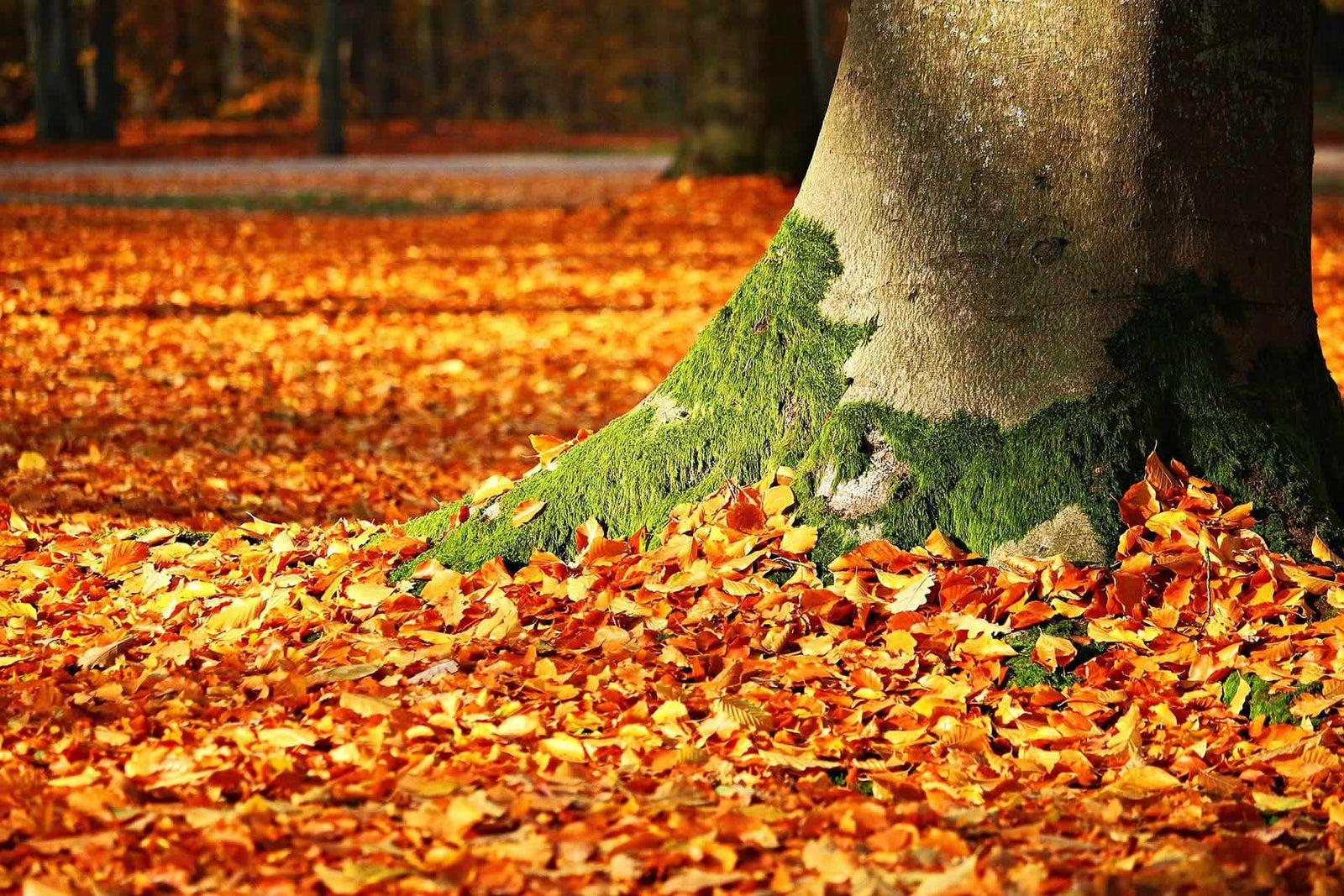Better Gardening: How to Compost Autumn Leaves

Autumn brings crisp air, holidays with family, delicious food, and stunning natural beauty.
And when it comes to your garden, Autumn is a chance to relax. If you grow food, the very last of your summer crops should be ready to harvest by late October. The same goes for most flowers and trees.
While you’ll still want to winterize your garden (and you may want to try your hand at growing fall vegetables), autumn tends to be the most laid back season for garden and lawn care.
Of course, if you want to use some of your newly found free time to prepare for the next growing season, there’s plenty you can do. In fact, autumn provides one of the best opportunities to get high-quality compost for the coming year.
Why Autumn Leaves Make Excellent (and Easy) Compost
Autumn leaves are one of the best compost mediums you can find.
Because they’re a mix of fresh and decomposing material, fall leaves create a natural nutrient balance that’s easy to maintain. You generally don’t have to worry about mixing in fertilizers or other store-bought compounds -- as long as you combine a more-or-less even mix of freshly fallen leaves and more decomposed leaves, you’ll create a good balance of carbon and nitrogen, creating superb compost with almost no effort.
4 Simple Steps to Composting Autumn Leaves
Autumn leaves are free, they make great compost, and you’re probably going to rake them up and move them out of your yard anyway. You may as well turn them into compost that will nourish your garden in the coming year.
Composting fall leaves takes four simple steps:
1. Create an Enclosure
Ideally, you want some kind of aerated enclosure for your leaf pile. Your enclosure should be at least 3 feet wide and 3 feet deep, to allow for proper moisture and air circulation.
You can get a roll of chicken wire and wrap it into a circle, use a large trash can or barrel with a couple small holes cut in the side for aeration, or buy a premade compost bin from your local home improvement store.
All three of the above options are simple and inexpensive. You can make your enclosure in about 10 minutes with few to no tools.
2. Add Leaves
This step is pretty self-explanatory. Gather up the leaves in your yard and dump them into your enclosure.
The one thing to note is that you want a roughly 1:1 mix of freshly fallen leaves and already decomposing leaves, to maintain a balance of nitrogen and carbon.
If you don’t have enough of either type, you can also add food scraps, grass clippings, and branches to balance out the dead leaves. Just make sure you don’t use animal products like grease, drippings, or bones. They take longer to decompose and may attract pests to your pile.
3. Water and Maintain
You want to water your compost pile every few days to keep it moist. It should be damp but not soaked.
You should also mix the pile every few days to circulate air and ensure even breakdown of the leaves. A rake or shovel will do the trick.
You can also continue to add fresh material each week -- more leaves, grass clippings, vegetable scraps, and so on.
After a week or two, the pile will begin to feel warm to the touch when you mix it. This is a good thing! It means your leaves are decomposing and generating heat, which is a sign that your compost is progressing nicely. After a few weeks, the leaves will really begin to break down and will start to look like dirt. At this point, you no longer need to add fresh material (although you can if you still have it).
Continue watering and mixing your pile throughout winter and into early spring. Even when it’s freezing outside, the center of your compost pile will generate enough heat to prevent freezing.
4. Use Your Compost in Spring
As long as you maintain your compost pile throughout winter, it should be ready by mid-spring. The leaves will have broken down entirely and will look like dirt.
At this point, you can use your compost to fertilize your spring garden. It will be packed with nutrients, pesticide-free, sustainable, and it won’t cost you a dime. You may be surprised by how well your garden grows, too -- fall leaves are one of nature’s best types of compost.





